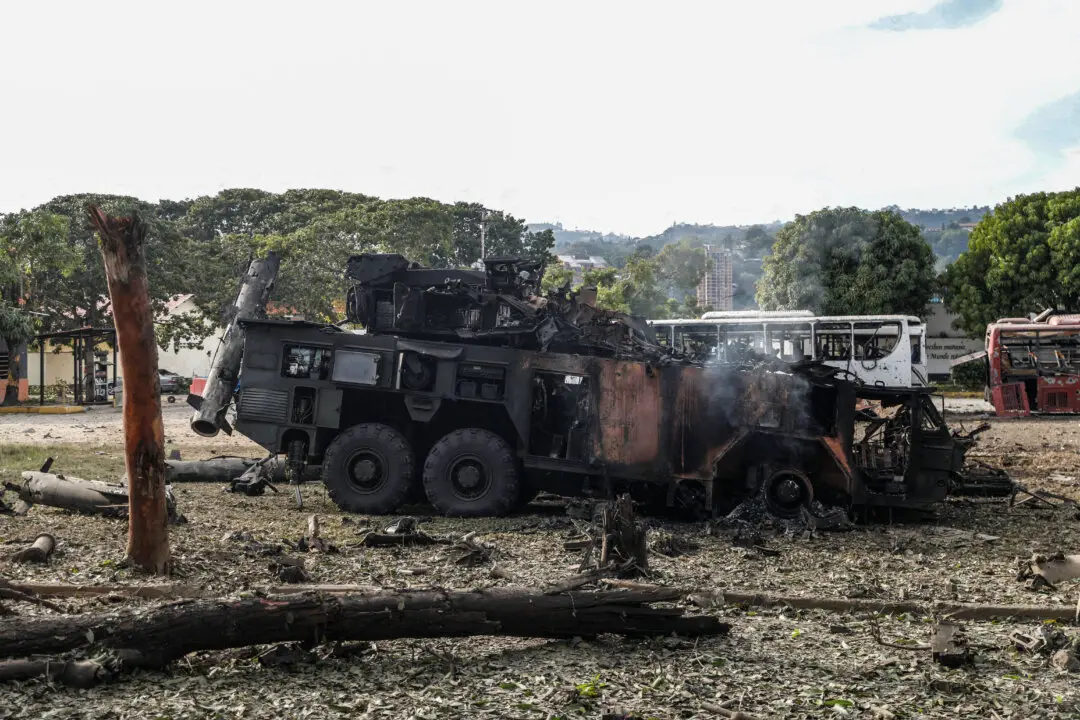Scientists found the unthinkable a few months ago when they examined a 1,000-year-old Buddha statue from China: it contained a mummified monk who apparently died during meditation.
The mummy was discovered in a cavity inside the statue after a private buyer took it to an expert for restoration, according to CNN. It’s not clear when the statue was taken out of China.





